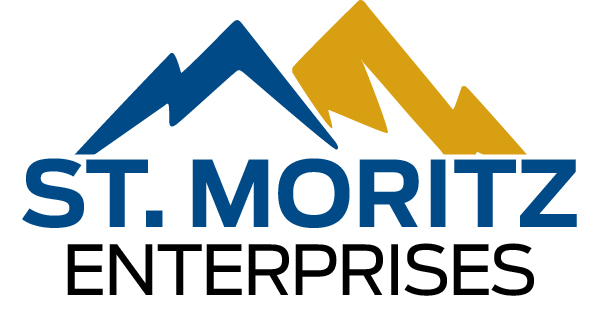Unraveling the Significance of Requirements Traceability in Project Development
In the dynamic realm of software and product development, ensuring that the result aligns seamlessly with the initial requirements is critical to project success. This is where Requirements Traceability comes into play – a systematic approach that helps organizations maintain transparency and control throughout the entire development lifecycle. In this blog, we will delve into the significance of Requirements Traceability, its benefits, and best practices for implementation.
Understanding Requirements Traceability
Requirements Traceability is documenting and managing the relationships between different elements of the development lifecycle, mainly focusing on the connection between requirements and other artifacts such as design documents, test cases, and source code. The primary goal is to establish an unambiguous link between each requirement and the downstream deliverables that fulfill those requirements.
Key Components of Requirements Traceability
- Requirements Identification:
- Clearly defining and documenting each requirement is the foundational step in the traceability process.
- Requirements should be uniquely identified, ensuring they can be easily tracked throughout the project.
- Traceability Matrix:
- A traceability matrix serves as a visual representation of the relationships between requirements and other project artifacts.
- It helps project teams understand how changes to one element may impact others, promoting better decision-making and risk management.
- Change Management:
- As projects evolve, changes to requirements are inevitable. Effective Requirements Traceability involves managing these changes systematically.
- A well-established change management process ensures that any alterations to requirements are adequately documented and communicated to all stakeholders.
Benefits of Requirements Traceability
- Risk Mitigation:
- By understanding the impact of changes, project teams can proactively address potential risks before they escalate.
- Traceability facilitates risk assessment, allowing teams to make informed decisions and allocate resources appropriately.
- Quality Assurance:
- Traceability ensures that each requirement is adequately tested and validated. This contributes to the overall quality of the final product.
- It enables easy identification of gaps in test coverage and ensures that no requirement is overlooked during the testing phase.
- Enhanced Collaboration:
- Stakeholders from separate project phases can easily comprehend the interdependencies between requirements and project artifacts.
- Collaboration is streamlined as teams work with a shared understanding of the project’s objectives and constraints.
Best Practices for Requirements Traceability
- Maintain Consistency:
- Use a consistent naming convention and format for requirements and other artifacts to avoid confusion and enhance traceability.
- Automate Traceability:
- Leverage tools and platforms that offer automated traceability features to streamline the process and reduce the risk of errors.
- Regularly Update Traceability Matrix:
- Keep the traceability matrix up to date throughout the project lifecycle, reflecting any changes or additions to requirements or associated artifacts.
- Engage Stakeholders:
- Ensure that all relevant stakeholders are involved in the traceability process. This promotes transparency and aligns the project with organizational goals.
Requirements Traceability is not just a checkbox in the project management process but a strategic approach to ensure project success. Organizations can enhance collaboration, mitigate risks, and deliver high-quality products that meet stakeholder expectations by establishing and maintaining clear connections between requirements and downstream artifacts. Embracing Requirements Traceability is an investment that pays dividends in improved project management, reduced errors, and, ultimately, satisfied customers.
